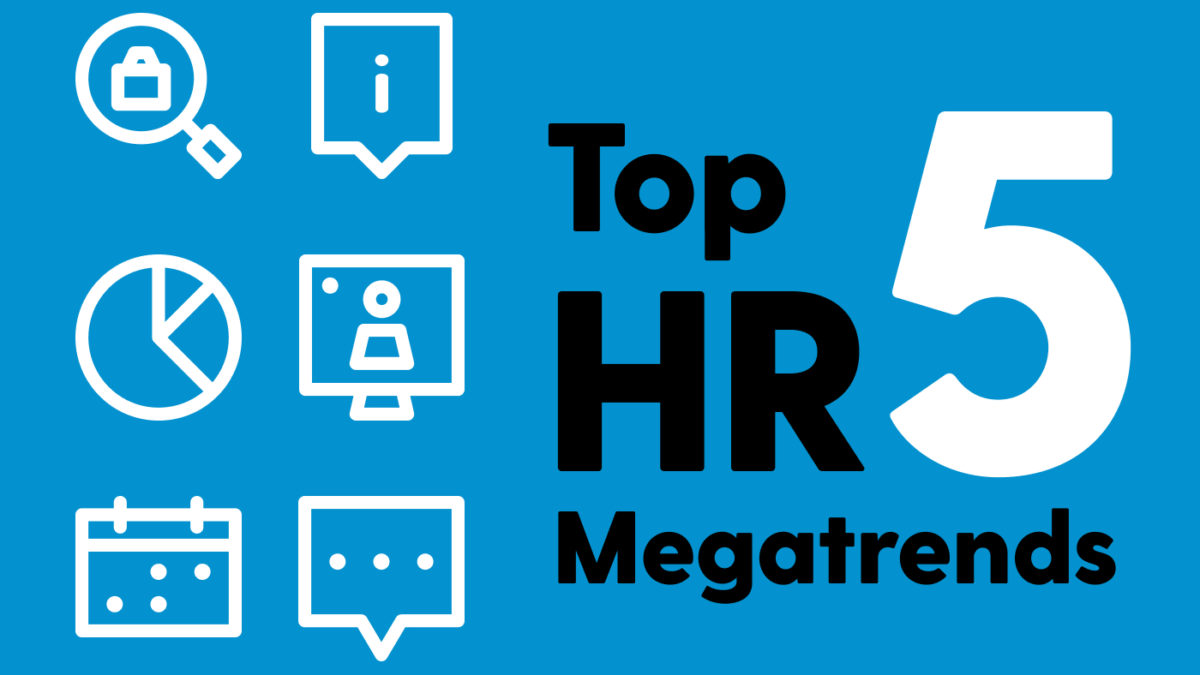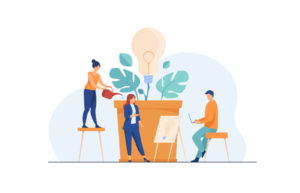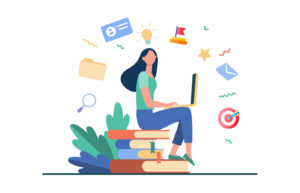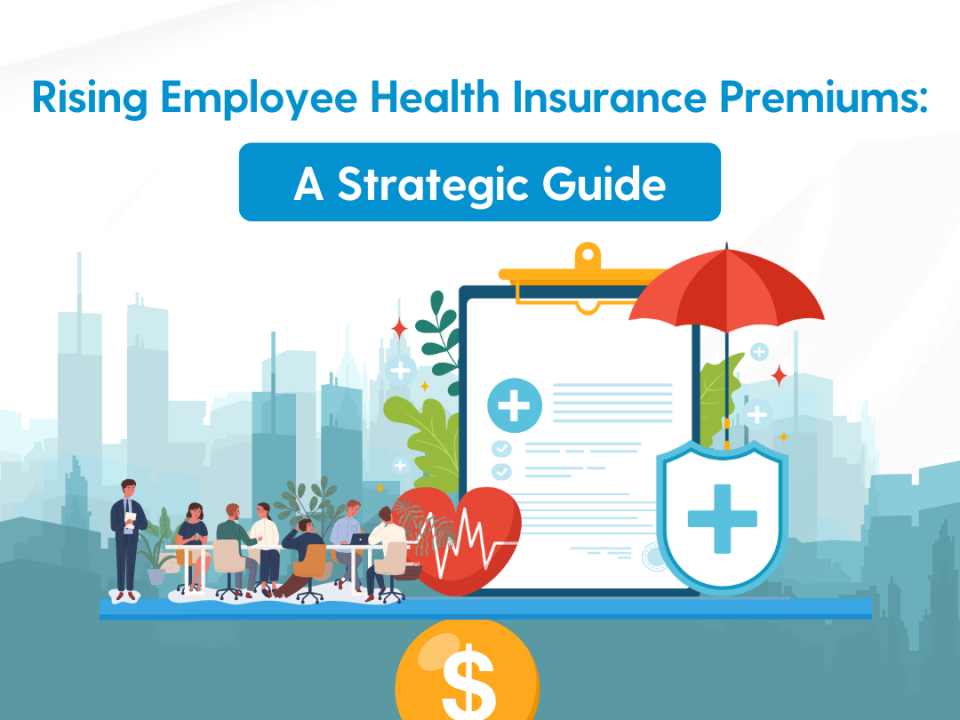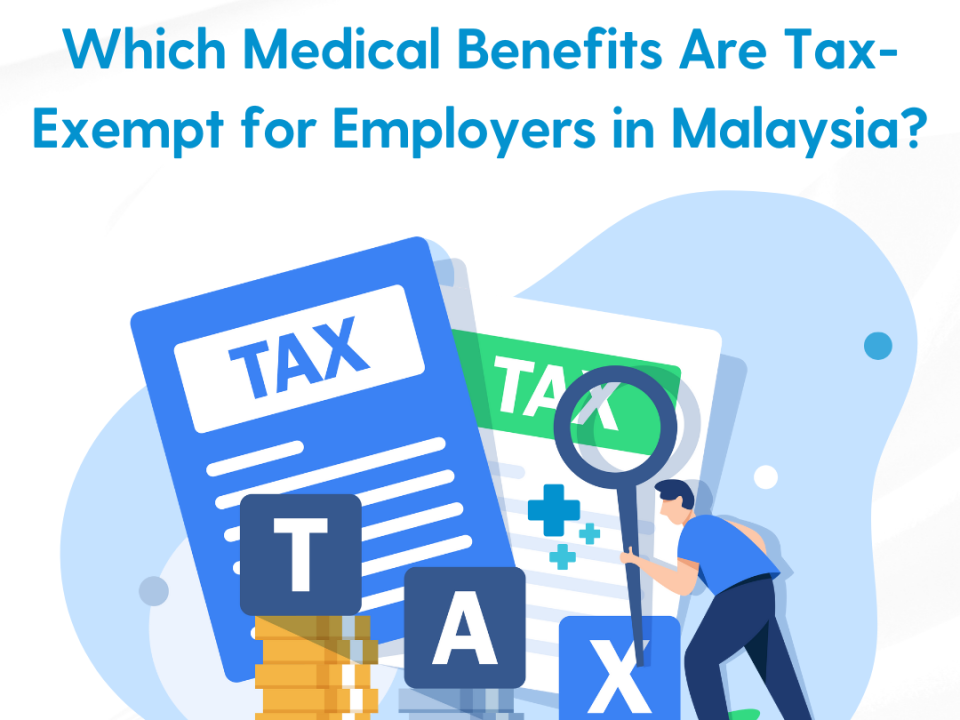
The complete employee experience strategy for HR
October 11, 2022
5 ways to talk about mental health at work
October 11, 2022HR
The 5 Key 2022 HR Trends
October 11, 2022
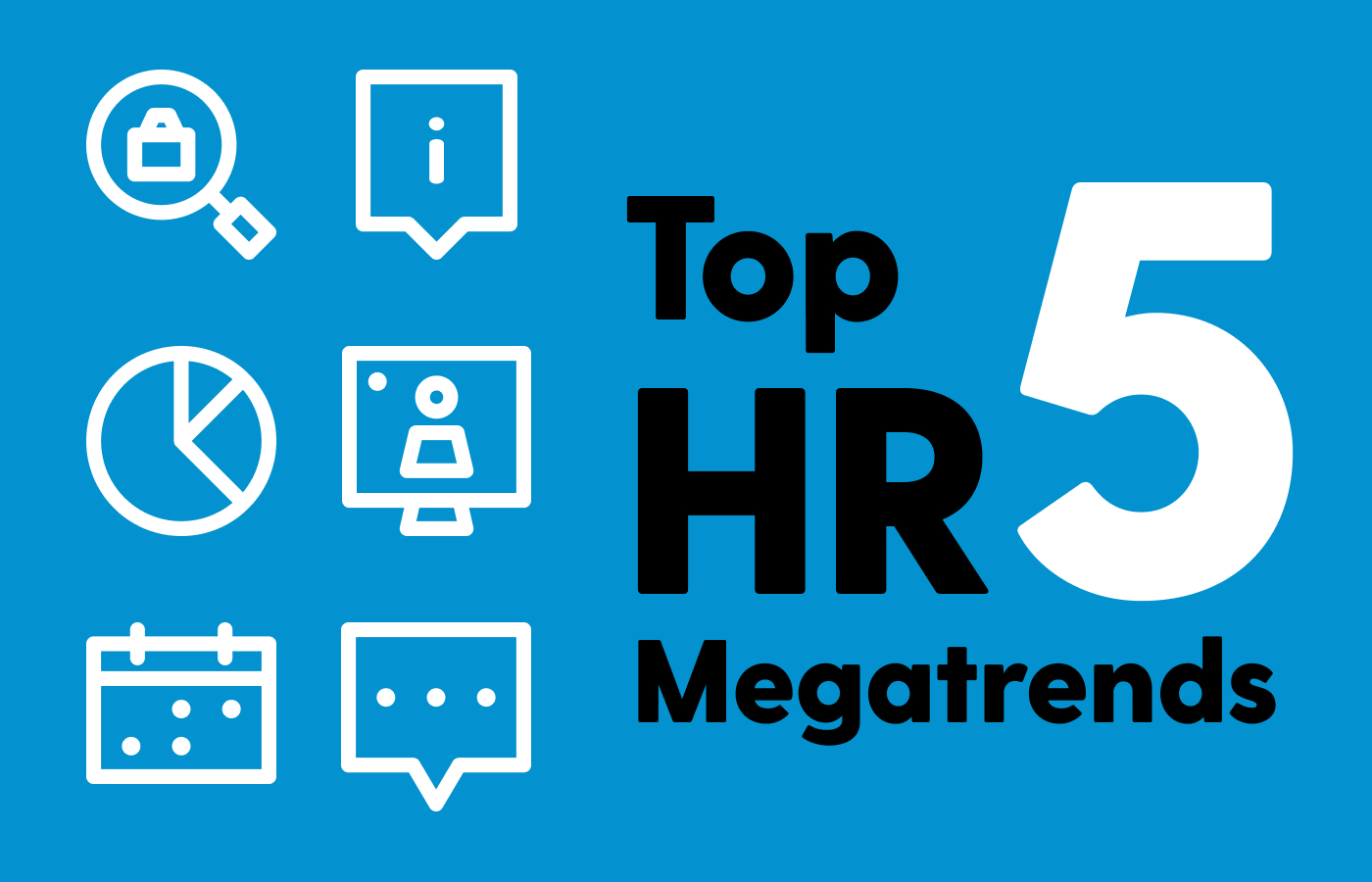
Human Resource is a field that has undergone tremendous changes in the last few decades. The HR department of today looks nothing like it did back then.
Gone are the days when HR leaders spend most of their time keeping records, ensuring the organisation is law-compliant and determining wages and benefits.
Thanks to the many new emerging technologies to help recruiters and hiring managers do their jobs better, HR's role has flipped entirely. Most organisations use payroll automation, talent management systems, and online benefits platforms — replacing the repetitive work in HR and allowing them to work on impactful strategies.
In fact, new trends are emerging every day and changing the way we look at HR. Here, we will discuss the top 5 HR trends that will change the future of work.
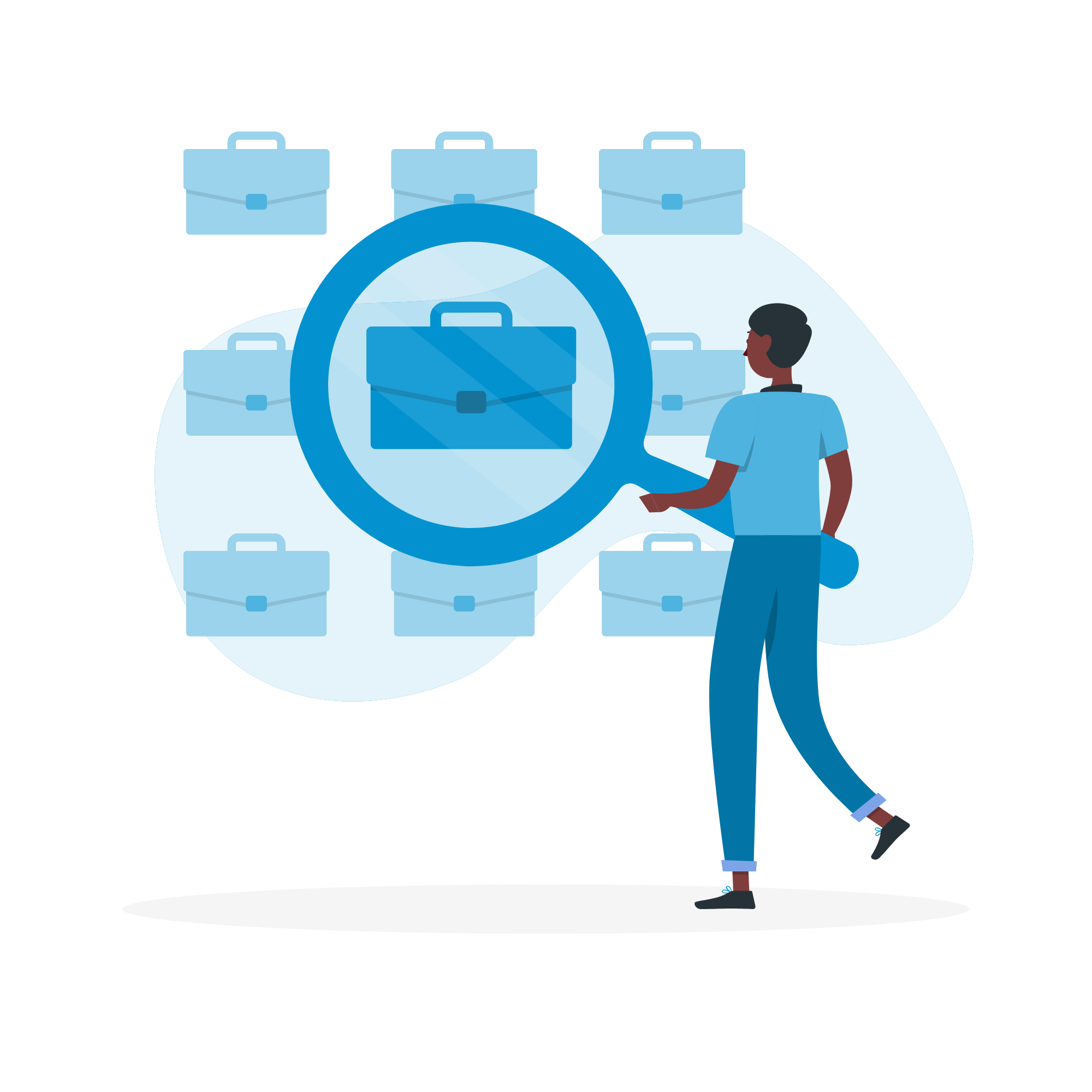
The 5 trends in HR for 2022
Trend 1: From collective to personalised employee benefits
Before 2021, collective benefits — one-size-fits-all benefits — were the norm. Everyone in the company has the same benefits package, whether young or old. It's either you take it or leave it.
But one employee could be very different from another, depending on their stage in life.
A baby boomer may value salary level, retirement plan, and health insurance more than a millennial. On the other hand, millennial values benefit choices, paid time off, and flexible work arrangements.
To give you a clearer picture, here's how each generation's needs are different:
- Baby boomers value retirement planning, investment advice, flextime during core business hours, legal assistance, long-term care insurance for self and family, and paid time off volunteering.
- Gen X wants competitive salaries, job security, career advancement, retirement options, work-life balance, and health insurance.
- Millennial values career progression, competitive wages, training and development programmes, an attractive benefits package, and flexible working arrangements.
- Gen Z needs tuition reimbursement, transport allowance, remote work, health insurance, wellness and lifestyle benefits, mental health support, and telehealth.
If your workforce consists of more than 2 generations, consider designing your employee benefits personalised to your employees' stage in life.
Case Study: How The Adecco Group provides personalised and flexible employee benefits to their 30,000-workforce.
The Adecco Group employs more than 30,000 employees across 60 countries and territories worldwide. The company launched its employee engagement portal on 1 September 2017, which has had a remarkable impact on giving employees a better understanding of their working conditions.
For example, in addition to their regular vacation days, Adecco offers an additional 13 days a year that employees can choose to have paid out fully, paid out in part, or taken as vacation days. Its benefits platform makes the processing of employee requests easy and smooth. This form of self-service combined with the choice and flexibility means employees can make their own decisions and implement them.
Personalised and flexible employee benefits are the new norm to suit each employee's needs at a different stage in life.
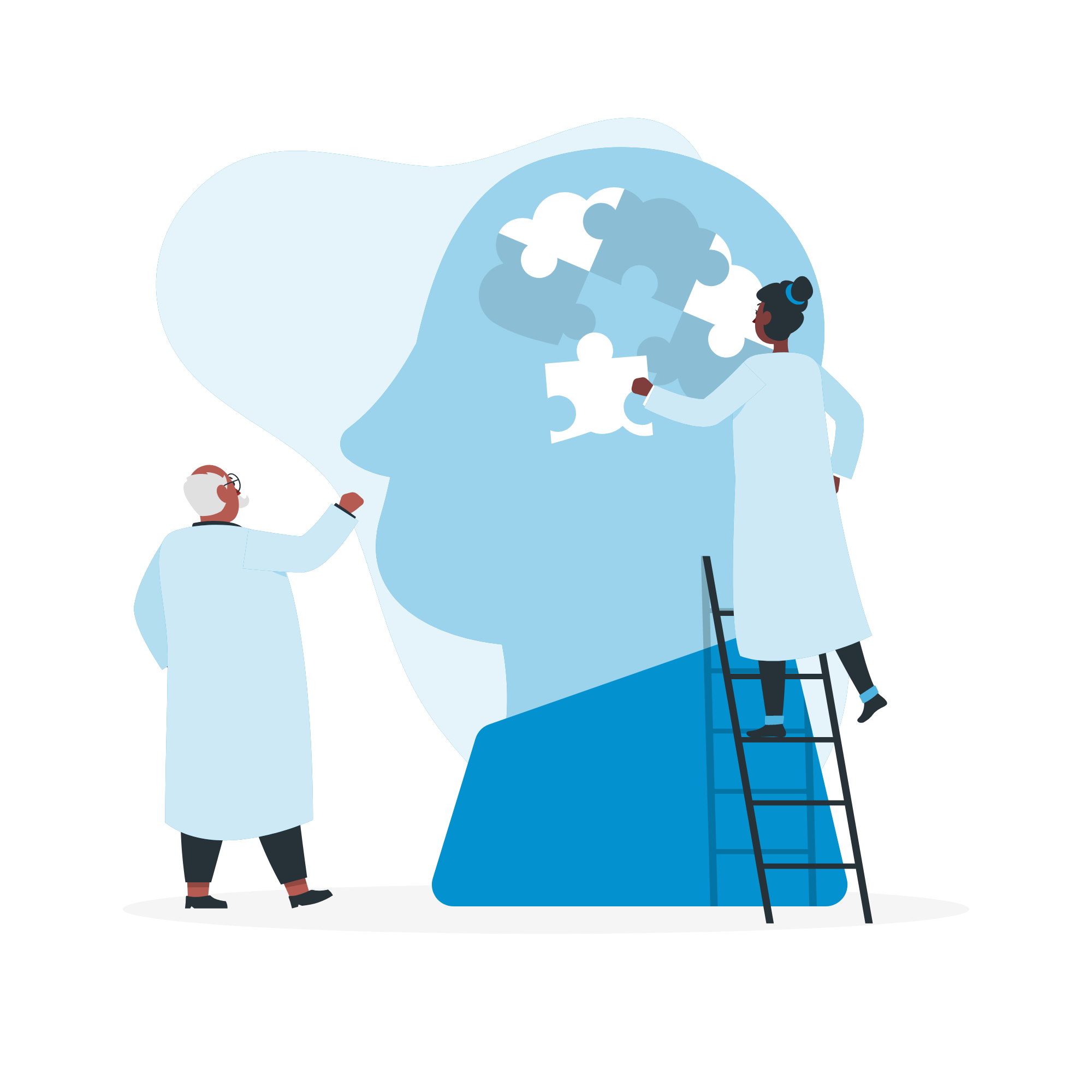
Trend 2: Employee wellbeing is under the limelight
The oldest health benefit implemented ages ago until now is health insurance. Usually, it covers outpatient and inpatient costs only. It was perceived as ‘good enough’ until Covid-19 hit.
Here's why traditional health insurance wasn't enough:
- First, almost all health insurance doesn't cover Covid-19 treatment.
- Second, the pandemic has negatively impacted the employees' physical health and mental, social, and financial health.
- Third, Covid-19 forced all employees to work from home, which can take a toll on their mental and social health.
The pandemic forces all organisations to start looking at supporting their employees as a whole—physical, mental, social, and financial — and "empowering them with the ability and flexibility to choose the work style that best fits for them," said Samprita Majumder, Consultant, Benefits, Asia Pacific and Japan, Dell Technologies.
Mental and social health:
Mental health is the biggest player under the limelight now. Many employees are suffering burnout, mental stress, anxiety, family pressures, and isolation due to remote working in a non-conducive environment for a long time — leading to loss of productivity.
One way to reduce loneliness and isolation is remote team-building activities and exercises. AdNovum Singapore has a global and local event committee in charge of planning remote team events and connecting teammates from all offices. They also do regular survey sessions to understand employee experiences and requirements during the pandemic.
Financial health:
Financial health can be a big headache for employees. Those who suffered pay cuts due to the pandemic may lack assistance to adjust their lifestyle according to their new salary.
eBay is one of the many organisations who started educating their employees around financial wellness and its overall well-being. They organise workshops to teach topics around budgeting, emergency funds, short-term and long-term savings.
In short, more and more organisations are redesigning their employee benefits to support employee wellness holistically — physical, mental, social, and financial.
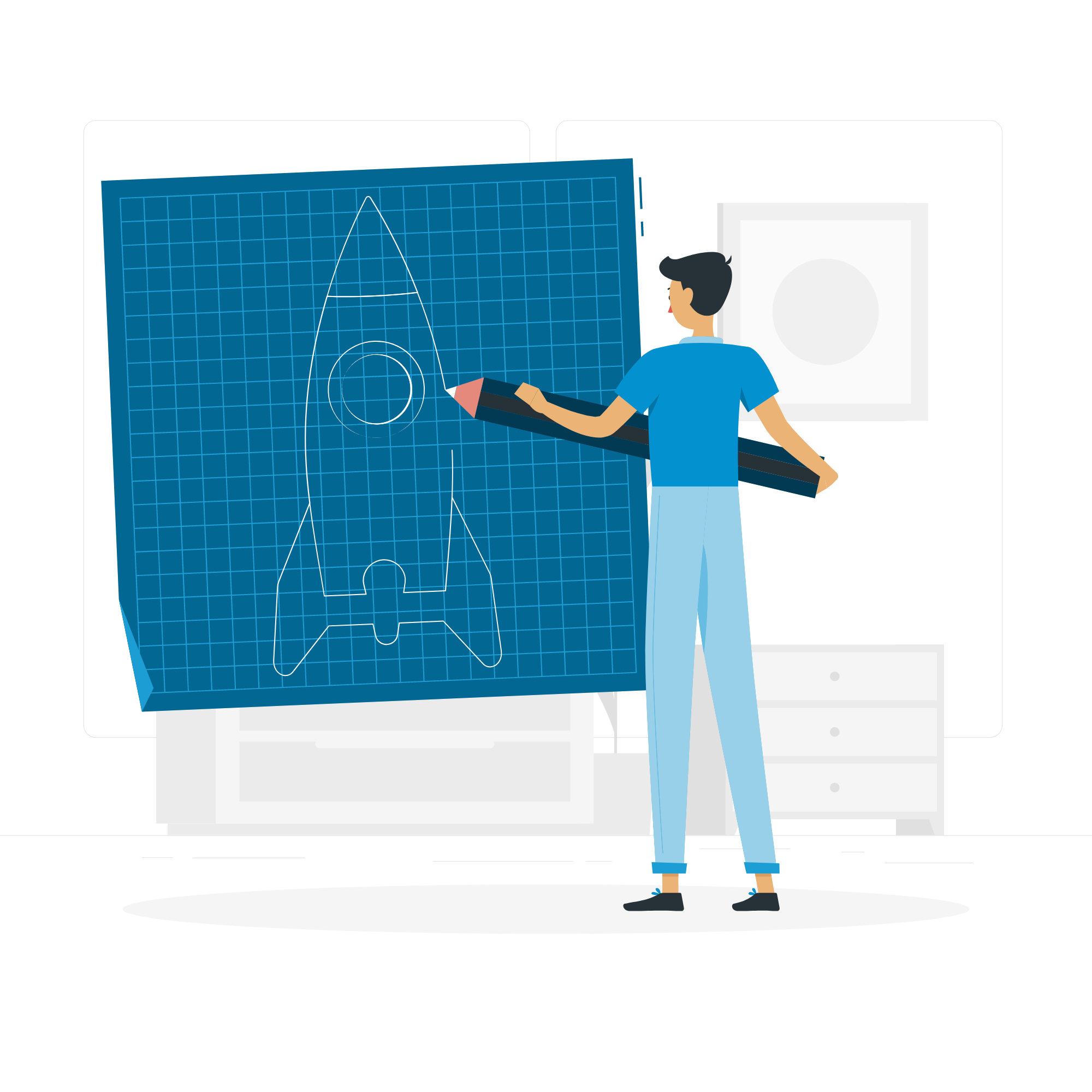
Trend 3: Redesigning the employee experience
Organisations that start to offer personalised, flexible benefits and support their employees' total well-being are actually enhancing part of their employee experience.
You might wonder, what is employee experience?
Employee experience is about taking a purposeful, organisation-wide approach to creating a simple and engaging experience for employees.
The elements of employee experience include:
- The Technological experience: the technology employees used to get their job done
- The Cultural experience: the sense of collaboration and community in the company
- The Physical experience: the physical workplace where employees work.
Simply put, employee experience consists of the work a person does, the tools they're provided with, and the environment they're surrounded by.
This year onwards, employee experience shares the same priority as customer experience. HR professionals rank employee experience design as their top three initiatives over the next 2 to 3 years. They believe employee experience design is a strategic priority for the entire organisation.
Case Study: How Telefonica designs their employee experience.
Telefonica actually designs their employee experience with their customer experience team. They use the same approach and methodology to design the customer experience, positioning employee experience as an active driver for their people, strategies, and day-by-day product and service design.
In conclusion, employee experience is becoming the critical driver and deciding factor in the HR function and Operations, Finance, Sales & Marketing, IT, and other departments.
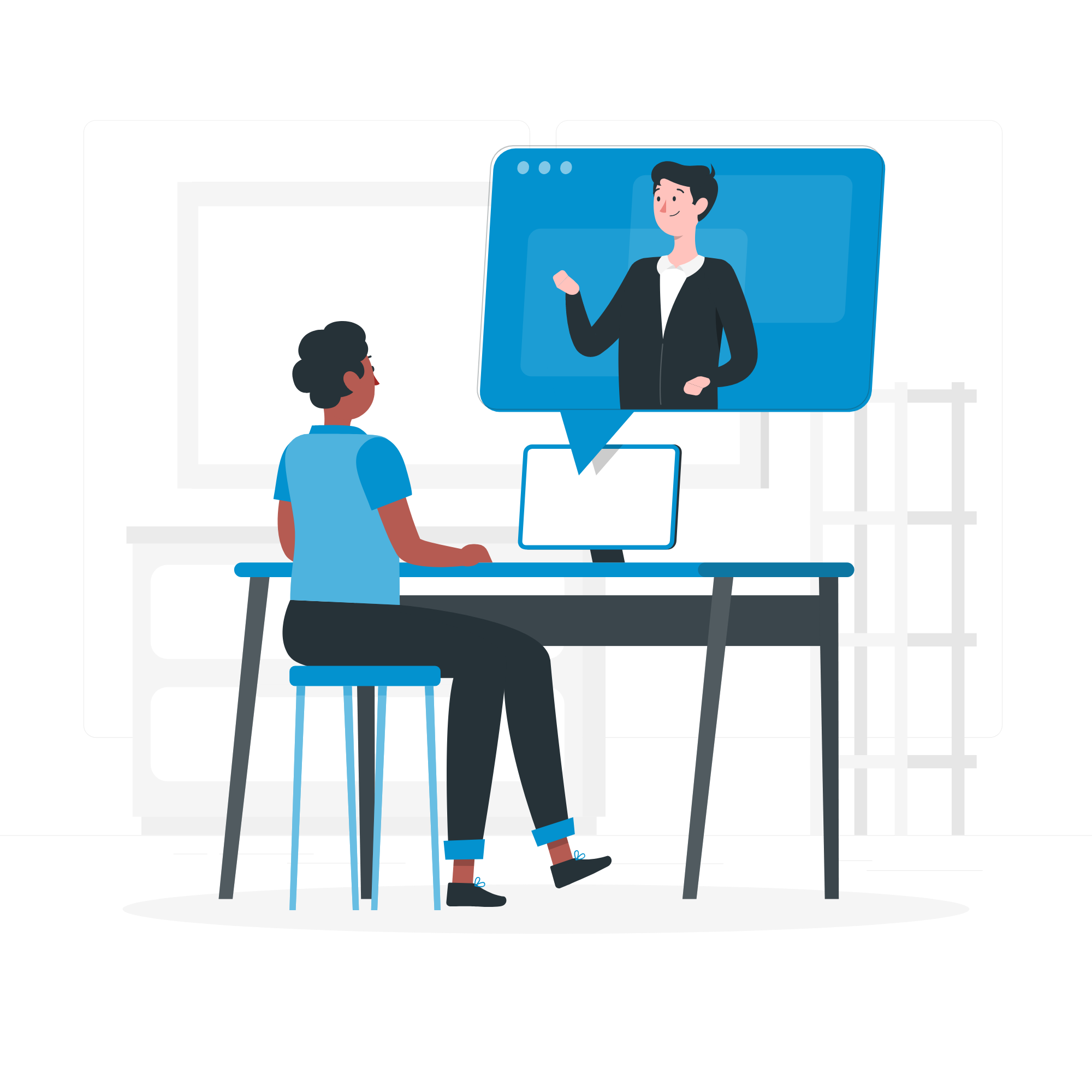
Trend 4: Remote work has become the preferred company culture
A Gallup survey shows that two-thirds of workers would prefer to continue working from home post-Covid.
Nearly 85% of IBM employees wanted to work at home in some capacity even after lockdowns are lifted, and 58% of them wanted their main way of working to be remote.
The numbers showed that remote work is here to stay. Hundreds of thousands of organisations worldwide are reinventing their HR, Sales, Finance, Project, and many other processes to fit into the remote work environment.
Let's take one of HR's processes, for example, the claim and reimbursement process.
Believe it or not, many companies in Malaysia and Singapore use the manual way to claim benefits and allowances: employees need to print their receipt and pass it to HR by hand.
Well, manual claiming can't be done when employees are working remotely. To adapt to the new norm, many companies have started using online employee benefits platforms to digitalise employee benefits.
These platforms enable employees to submit claims online anytime, anywhere, and give HR the power to administer, process, and track employee benefits in half the time.
In other words, remote work is here to stay after Covid and organisations are reinventing their processes and strategies to support the new norm.
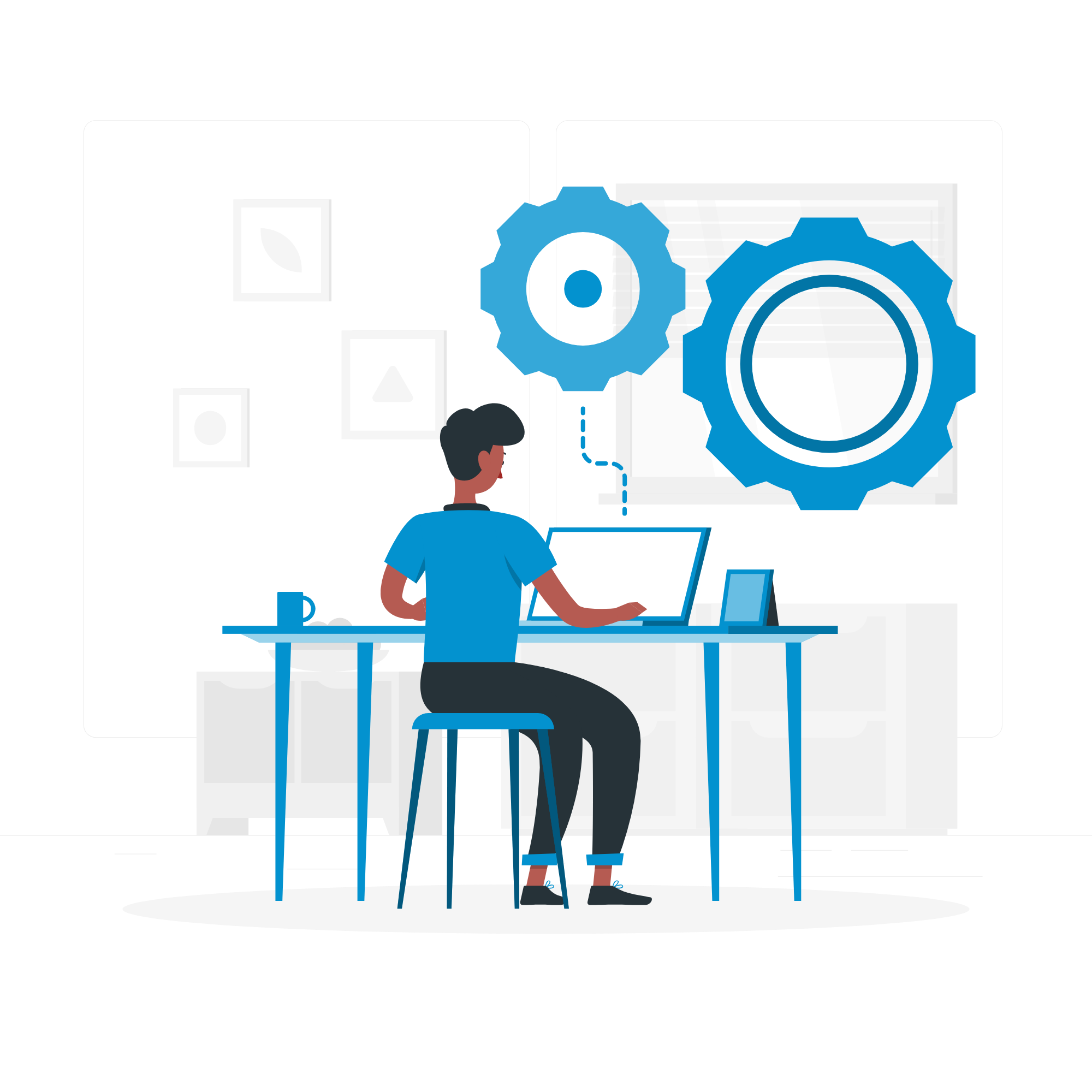
Trend 5: Digitalisation of HR
Did you notice what the common element in the first 4 megatrends was?
Technology.
It's almost impossible to separate technology with benefit personalisation, holistic wellness support, exceptional employee experience, and remote work.
In fact, it's the technology that made all these trends possible, creating a new term called 'digital-first work'.
If you're thinking of using HR technology, you're not alone.
84% of employers are already using some form of HR technology, with the most popular option being an intranet (63%). Under half (44%) of HR decision-makers used an external website by a provider or consultant, while over one-third (35%) offer a rewards portal.
The most modern advancement is reaching staff and providing benefits and communications using chatbots, wearable fitness technology, gamification, and apps to help employees find the right doctor, expert, and health records.
Imagine having an integrated system that provides a seamless experience for employees and employers to manage claims and employee benefits digitally — no more paperwork, no more keeping crumpled receipts, and no more wasting precious hours on repetitive work.
It’s a simple step that more than 61% of HR teams are planning to implement this 2021.
Without a doubt, HR will use technology beyond automation — from recruitment to employee experience.
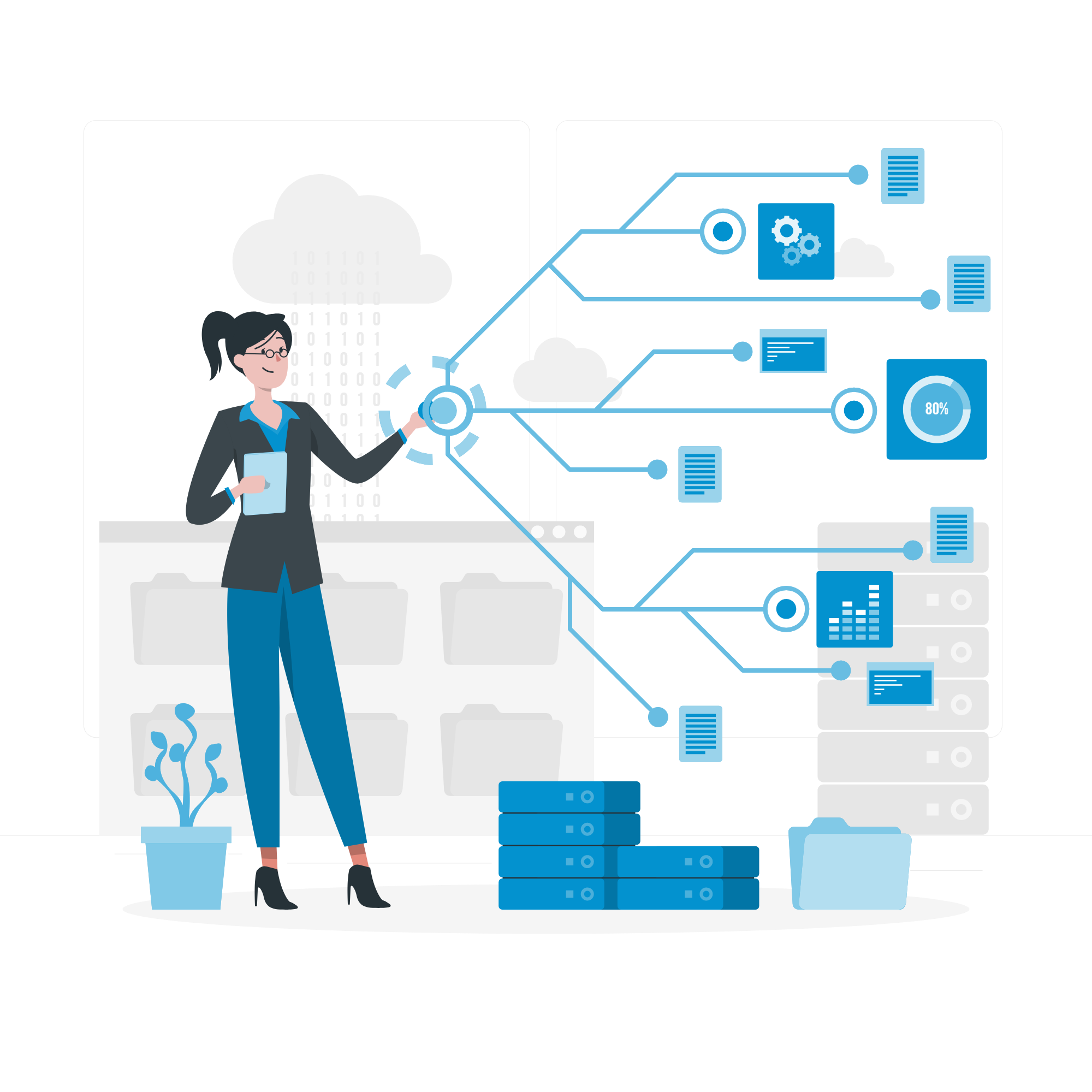
Bonus: Data is the new currency for HR operations
With data, HR decision-makers can make informed decisions that can add the most value to the organisation's bottom-line.
But why is data taking the spotlight?
Because it provides insights into three key areas for HR:
- How are HR practices adding value at the strategic or business level.
- Provide ways to enhance procedures and employee experience.
- Show how HR’s various functions align with business strategies.
Case Study: Data Behind Google’s Employee Benefits
Let's take Google's approach, for example. Google offers free staff meals, generous paid holiday, access to nap pods, and space to grow fruit and vegetables at work because the data told Google these would increase employee satisfaction. This makes Google one of the top companies to work for.
In other words, data is the accurately-prescribed spectacles for a short-sighted HR practitioner.
It gives you a clear, unbiased view of your workplace in real-time and provides insights, making strategic-thinking much easier.
Final Words
Technology has changed the role of HR in organisations. They are no longer just in charge of payrolls, bookkeeping, and training programmes. HR will be the driver's seat of any organisation soon.
Because your primary stakeholder, employees, are increasingly becoming the heartbeat of an organisation and their needs are changing at warp speed — accelerated by the global health pandemic.
HR decision-makers around the world are beginning to turn on their listening ears to find out what their employees truly need, leading to these 5 HR megatrends:
- From collective to personalised employee benefits
- From physical health support to a more holistic wellness support
- Employee experience moves to the top priorities
- Remote work becomes a preferred way of working
- More and more HR processes are going digital
- Bonus: Data is the new currency of HR
None of these megatrends can work without HR technology. If you wish to get on board and catch the waves, learn how to digitise your employee benefits and management with Mednefits.
Contact our Benefits Specialists for a free consultation today.
Related articles:
- The complete employee experience strategy for HR
- HR's biggest challenge - Shaping the future of workforce
- 5 steps to implement flexi benefits - what it is and why it matters
About Mednefits:
Mednefits helps businesses take care of their employees with its automated, affordable, and accessible employee benefits platform.
Request to join Mednefits for free to help process and track claims in real-time, while controlling costs.
